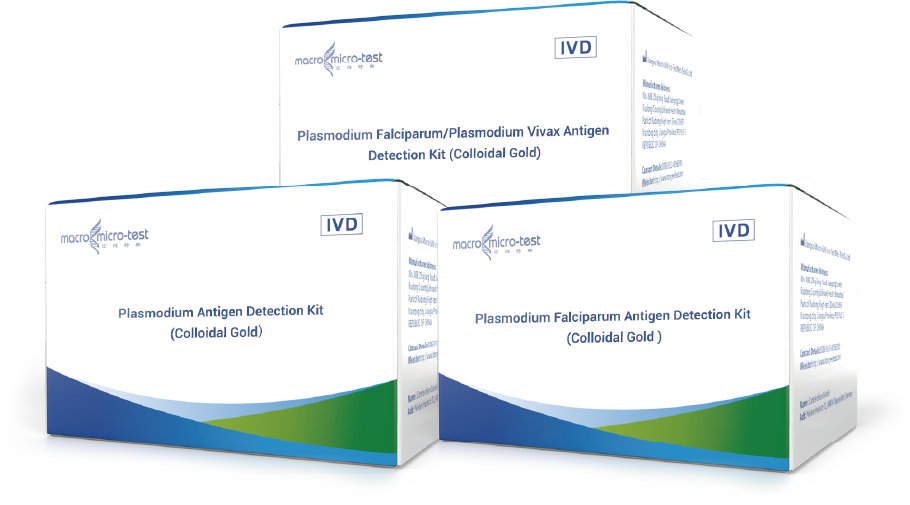1 what is malaria
Malaria is a preventable and treatable parasitic disease, commonly known as "shakes" and "cold fever", and it is one of the infectious diseases that seriously threaten human life around the world.
Malaria is an insect-borne infectious disease caused by the bite of Anopheles or the transfusion of blood from people with plasmodium.
There are four kinds of plasmodium parasitic on human body:
2 epidemic areas
Up to now, the global epidemic of malaria is still very serious, and about 40% of the world's population lives in malaria-endemic areas.
Malaria is still the most serious disease on the African continent, with about 500 million people living in malaria-endemic areas. Every year, about 100 million people around the world have clinical symptoms of malaria, 90% of whom are in the African continent, and more than 2 million people die of malaria every year. Southeast and central Asia are also areas where malaria is rampant. Malaria is still prevalent in Central and South America.
On June 30th, 2021, WHO announced that China was certified as malaria-free.
3 the route of transmission of malaria
01. Mosquito-borne transmission
The main route of transmission:
Bite by a mosquito carrying plasmodium.
02. Blood transmission
Congenital malaria can be caused by damaged placenta or maternal blood infected with plasmodium during delivery.
In addition, it is also possible to be infected with malaria by importing blood infected with plasmodium.
4 Typical manifestations of malaria
From human infection with plasmodium to onset (oral temperature over 37.8℃), it is called incubation period.
The incubation period includes the whole infrared period and the first reproductive cycle of the red period. General vivax malaria, ovoid malaria for 14 days, falciparum malaria for 12 days, and three-day malaria for 30 days.
Different amounts of infected protozoa, different strains, different human immunity and different infection modes can all cause different incubation periods.
There are so-called long latency insect strains in temperate regions, which can be as long as 8 ~ 14 months.
The incubation period of transfusion infection is 7 ~ 10 days. Fetal malaria has a shorter incubation period.
The incubation period can be extended for people with certain immunity or those who have taken preventive drugs.
5 Prevention and treatment
01. Malaria is spread by mosquitoes. Personal protection is the most important thing to prevent mosquito bites. Especially outdoors, try to wear protective clothing, such as long sleeves and trousers. Exposed skin can be coated with mosquito repellent.
02. Do a good job in family protection, use mosquito nets, screen doors and screens, and spray mosquito-killing drugs in the bedroom before going to bed.
03. Pay attention to environmental sanitation, remove garbage and weeds, fill sewage pits, and do a good job in mosquito control.
solution
Macro-Micro & Test has developed a series of detection kits for malaria detection, which can be applied to fluorescence PCR platform, isothermal amplification platform and immunochromatography platform, and provide an overall and comprehensive solution for the diagnosis, treatment monitoring and prognosis of plasmodium infection:
01/immunochromatographic platform
Plasmodium Falciparum/Plasmodium Vivax Antigen Detection Kit
Plasmodium falciparum antigen detection kit
Plasmodium antigen detection kit
It is suitable for qualitative detection and identification of Plasmodium falciparum (P.F.), Plasmodium vivax (P.V.), Plasmodium ovatum (P.O.) or Plasmodium vivax (P.M.) in venous blood or capillary blood of people with malaria symptoms and signs in vitro, and can make auxiliary diagnosis of plasmodium infection.
Simple operation: three-step method
Room temperature storage and transportation: Room temperature storage and transportation for 24 months.
Accurate results: high sensitivity & specificity.
02/fluorescent PCR platform
Plasmodium nucleic acid detection kit
It is suitable for qualitative detection and identification of Plasmodium falciparum (P.F.), Plasmodium vivax (P.V.), Plasmodium ovatum (P.O.) or Plasmodium vivax (P.M.) in venous blood or capillary blood of people with malaria symptoms and signs in vitro, and can make auxiliary diagnosis of plasmodium infection.
Internal reference quality control: comprehensively monitor the experimental process to ensure the experimental quality.
High sensitivity: 5 Copies/μL
High specificity: no cross reaction with common respiratory pathogens.
03/Constant temperature amplification platform.
Plasmodium nucleic acid detection kit
It is suitable for qualitative detection of plasmodium nucleic acid in peripheral blood samples suspected of being infected by plasmodium.
Internal reference quality control: comprehensively monitor the experimental process to ensure the experimental quality.
High sensitivity: 5 Copies/μL
High specificity: no cross reaction with common respiratory pathogens.
Post time: Apr-26-2024

